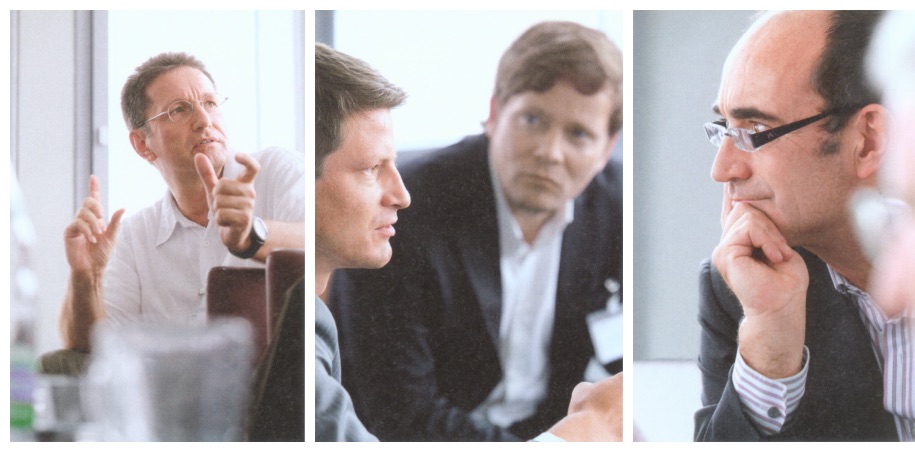It was cute. Compact. Clever. In 1998, the Smart car entered the market, and straightaway it was as if the urban every-man’s hip future had shown up early to play. And if a vehicle could have “apps,” this one did.
Removable color panels on the body allowed the car to pretty much change its clothes. And Smart towers were designed: slick, skyscraper car dealerships, which looked like multi-story parking garages full of tiny cars, were going to pop up in major cities across Europe. Smart – originally a cooperation between Mercedes-Benz and Swiss watch company Swatch – had a grand vision of completely turning on its head the way the car industry worked. It championed a dream of mobility and convenience, If Smart could have sold cars out of vending machines, it would have. Nothing seemed out of reach. But it couldn’t keep up with itself. Smart went for too much too soon, according to analysts. The company overestimated its customer base’s ability to keep pace, and it didn’t set clear, reachable goals to help. Although media buzz and interest were high, sales were disappointing that first year, and have been ever since. In its first 12 years, Smart has undergone four major business strategy overhauls, It started as being the car for commonsense city slickers, but by 2009, Smart had narrowed its scope considerably, and now targets its market to small businesses, which use the tiny cars as wheeled gofers. Smart’s main problem? It tried to introduce a 21st-century product using 20th-century tools.
Download the full article as a PDF
Published by SAP


